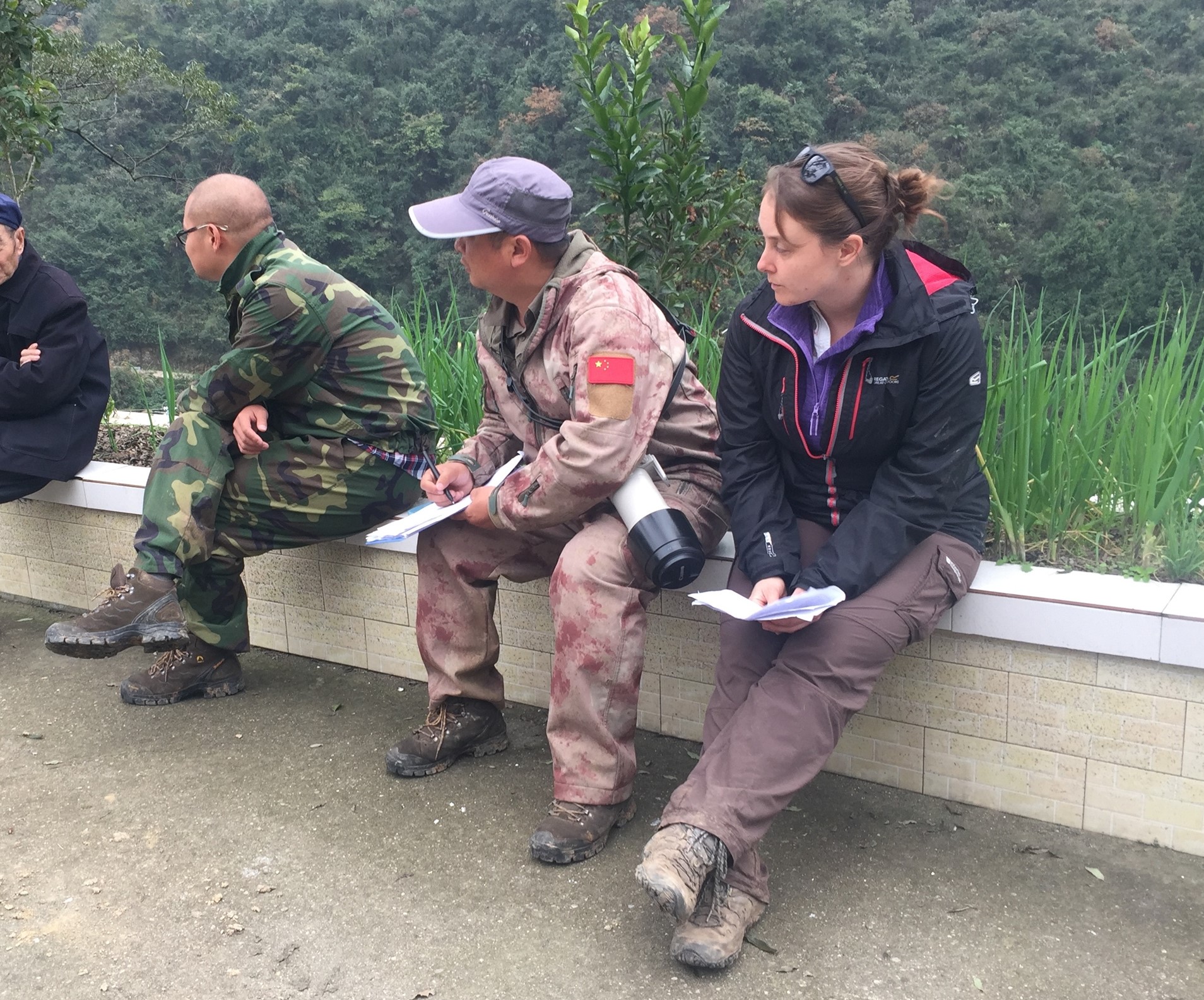Schmidt AI in Science Fellow | Co-Director of the Oxford Martin Programme on Wildlife Trade | Co-Chair of the IUCN SSC Orchid Specialist Group
PROFILE
I am an interdisciplinary scientist applying machine learning and social science methods to understand and develop interventions to address the diversity of threats from the illegal and unsustainable wildlife trade. My research focuses on how consumer behaviour, market dynamics, and regulatory changes influence the sustainability of wildlife trade. My current Schmidt AI in Science fellowship focusses on applying machine learning to ‘nowcast’ (produce near-term forecasts) the illegal and unsustainable wildlife trade, developing predictive tools to address the data lag times that can hamper conservation decision-making. In addition, I am developing Bayesian Belief Network models to understand the range of factors that influence trade sustainability in medicinal plant markets, and inform decision making around the trade and harvest of different medicinal species. I also have an ongoing project, using machine learning to analyse patents related to wildlife products, to reveal trends in commercial interest and provide early warnings of shifts in commercial wildlife markets.
By combining cutting edge AI methods with quantitative and qualitative social science methods, I aim to ensure that wildlife trade policy is informed by robust evidence, that acknowledges the nuances and complexities of wildlife trade and what influences it.
I collaborate widely with NGOs, policy makers, and other researchers, ensuring that my work bridges the gap between scientific research, conservation practice, and global policy frameworks, supporting evidence-based interventions for biodiversity protection. I have worked extensively on the trade in orchids, from my PhD investigating the online and social media illegal trade in orchid species, to my current role as co-Chair of the IUCN SSC Orchid Specialist Group, where I co-lead a group of more than 200 orchid conservation experts.
In addition, I have conducted policy-driven research on the bear bile industry in China, where I explored how legal and illegal markets interact, using a mixed methods approach to understanding consumer demand in these complex markets. Before joining Oxford in 2017, I worked at the UNEP World Conservation Monitoring Centre (UNEP-WCMC) on projects related to the Convention on International Trade in Endangered Species (CITES), providing technical support for policy decisions, and at Fauna & Flora, as a programme officer in the science team, working on threatened tree conservation.


SELECTED PUBLICATIONS
Full publication list here.
Early warning of trends in commercial wildlife trade through novel machine-learning analysis of patent filing
Understanding the environmental and social risks from the international trade in ornamental plants
Creating a more inclusive approach to wildlife trade management
Understanding why consumers in China switch between wild, farmed, and synthetic bear bile products
Estimating the Extent of CITES Noncompliance among Traders and End-Consumers; Lessons from the Global Orchid Trade
Estimating the extent and structure of trade in horticultural orchids via social media
Early warning of trends in commercial wildlife trade through novel machine-learning analysis of patent filing
Unsustainable wildlife trade imperils thousands of species, but efforts to identify and reduce these threats are hampered by rapidly evolving commercial markets. Businesses trading wildlife-derived products innovate to remain competitive, and the patents they file to protect their innovations also provide an early-warning of market shifts. Here, we develop a novel machine-learning approach to analyse patent-filing trends and apply it to patents filed from 1970-2020 related to six traded taxa that vary in trade legality, threat level, and use type: rhinoceroses, pangolins, bears, sturgeon, horseshoe crabs, and caterpillar fungus. We found 27,308 patents, showing 130% per-year increases, compared to a background rate of 104%. Innovation led to diversification, including new fertilizer products using illegal-to-trade rhinoceros horn, and novel farming methods for pangolins. Stricter regulation did not generally correlate with reduced patenting. Patents reveal how wildlife-related businesses predict, adapt to, and create market shifts, providing data to underpin proactive wildlife-trade management approaches.
Understanding the environmental and social risks from the international trade in ornamental plants
Creating a more inclusive approach to wildlife trade management
Global wildlife trade involves a diverse array of species. Whereas sustainable trade underpins livelihoods for communities worldwide, unsustainable trade, whether legal or illegal, threatens thousands of species and can lead to extinctions. From plants and fungi to fish, amphibians, mammals, invertebrates, and reptiles, a diverse array of species across taxa are affected by trade. Attention to wildlife trade has increased in recent years, but its focus has largely remained on a narrow range of high-profile species, with taxa deemed less charismatic frequently overlooked, despite some having significant trade volumes and levels of threat to wild populations. These biases can hamper effective policy interventions, reduce awareness of wider threats from trade, and prevent conservation efforts from focusing on the most pressing issues. It is important to broaden the scope of research and policy discussions and create a more inclusive approach to trade management. The diversity of approaches to wildlife trade can be improved by expanding monitoring of trade to a wider variety of taxa; collecting fundamental ecological data to underpin assessments of trade sustainability; improving and codesigning conservation interventions with key stakeholders and trade actors; and developing appropriate strategies for managing the supply, trade, and demand in diverse wildlife products to ensure species and livelihoods are protected.
